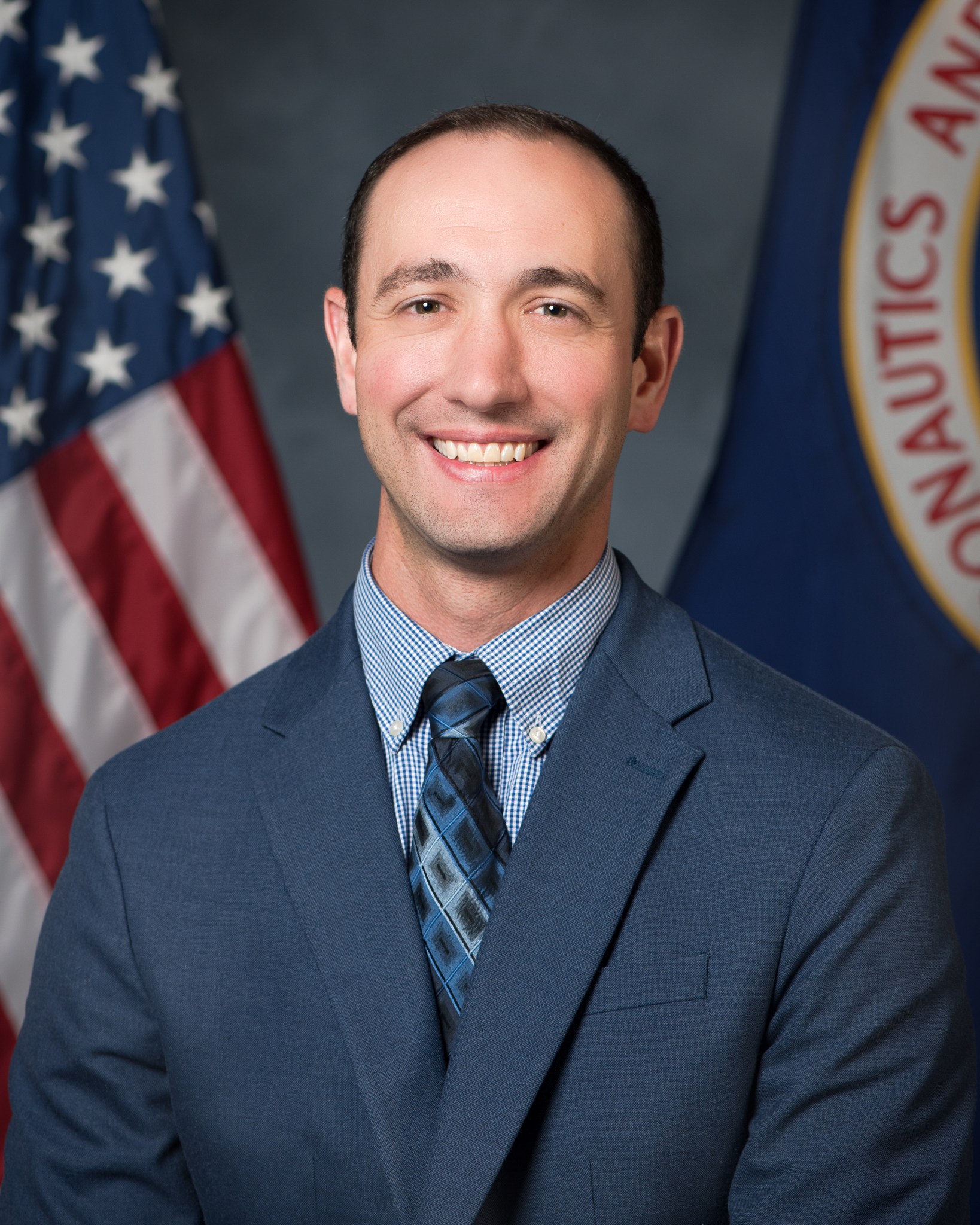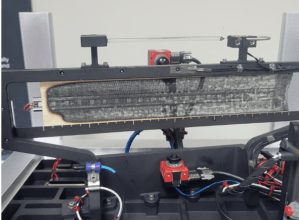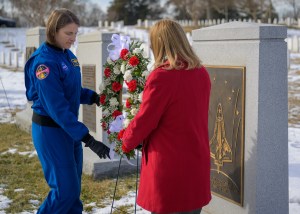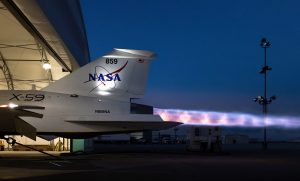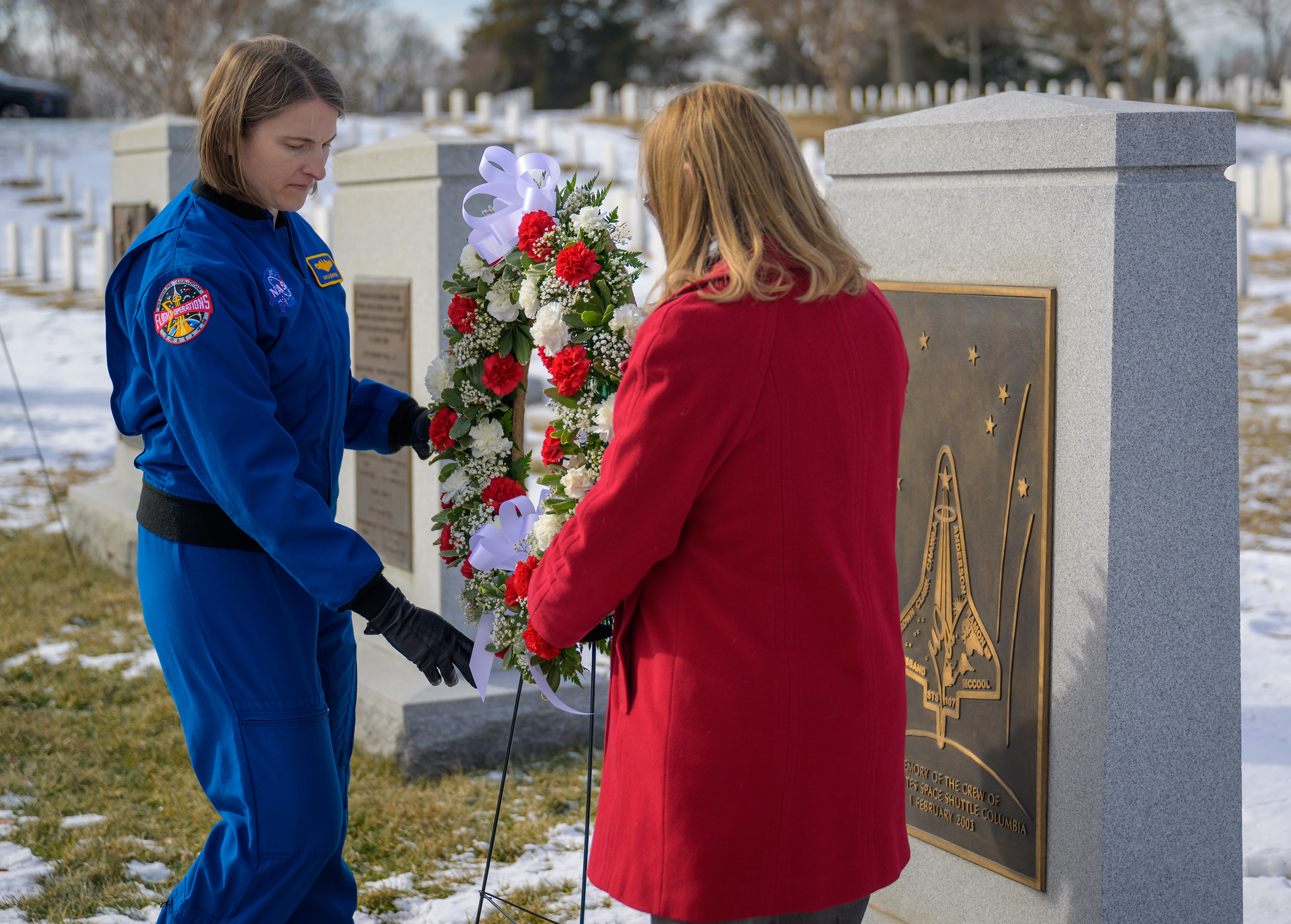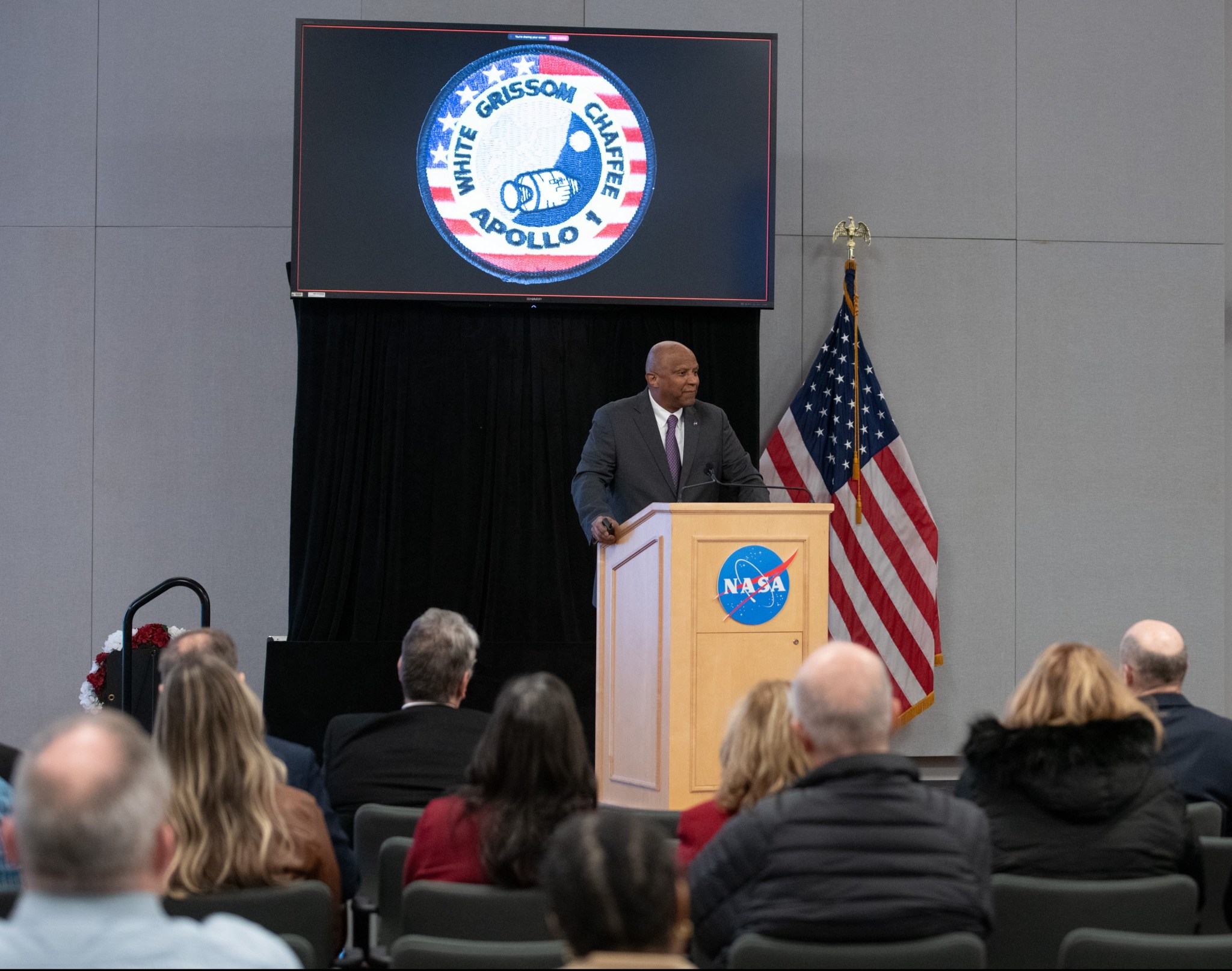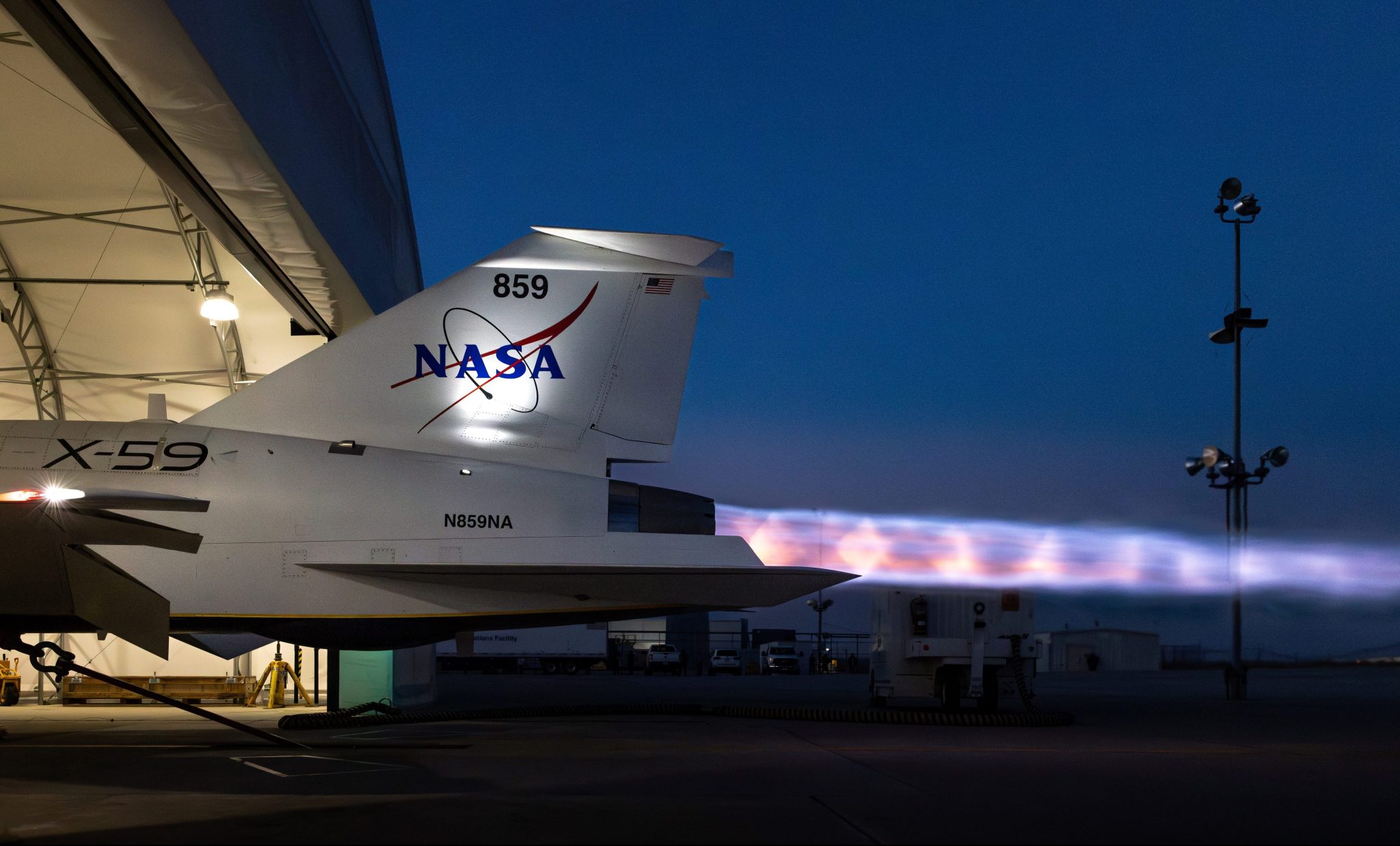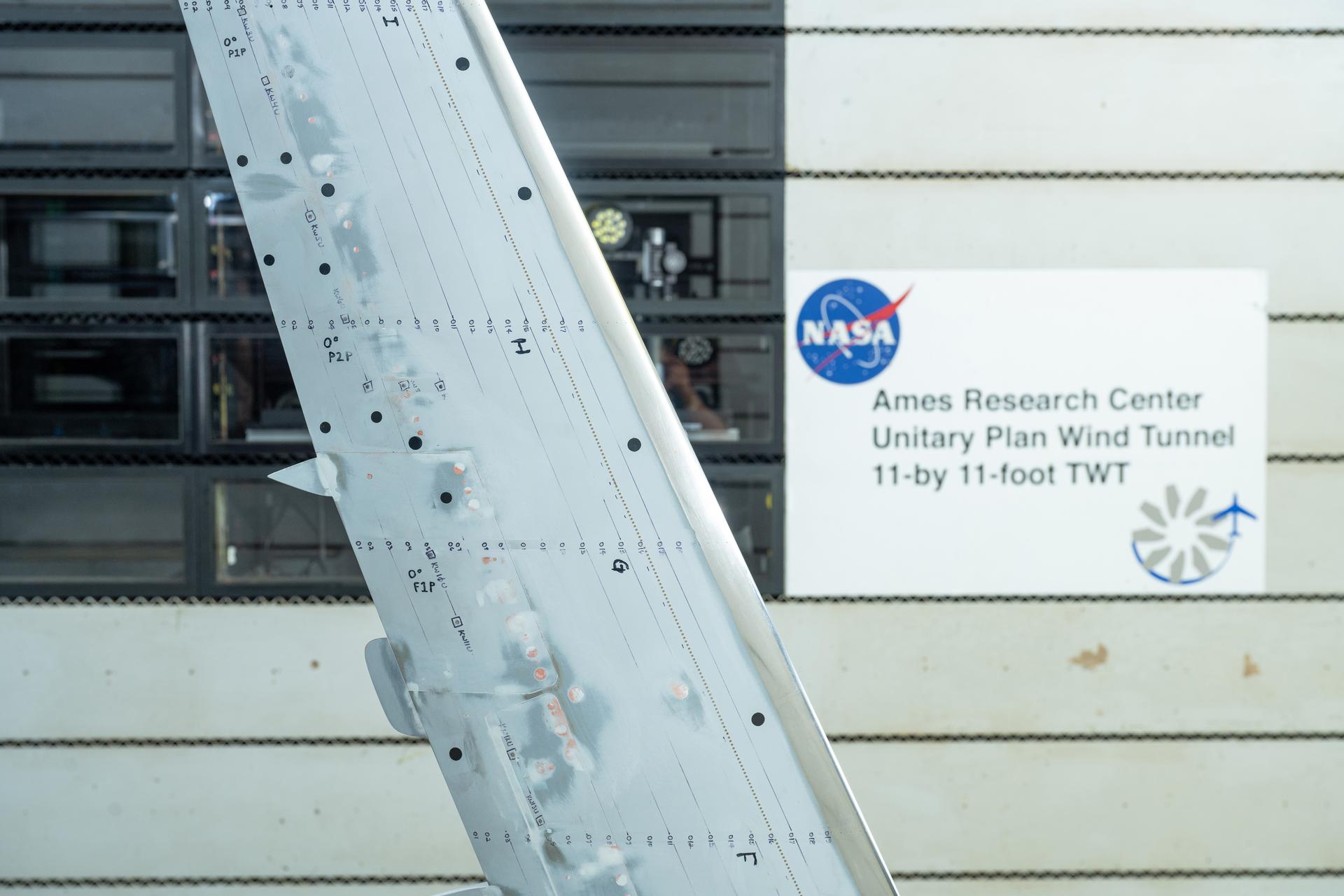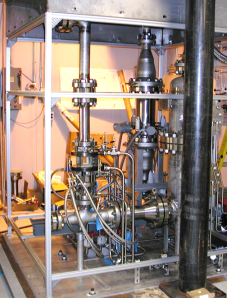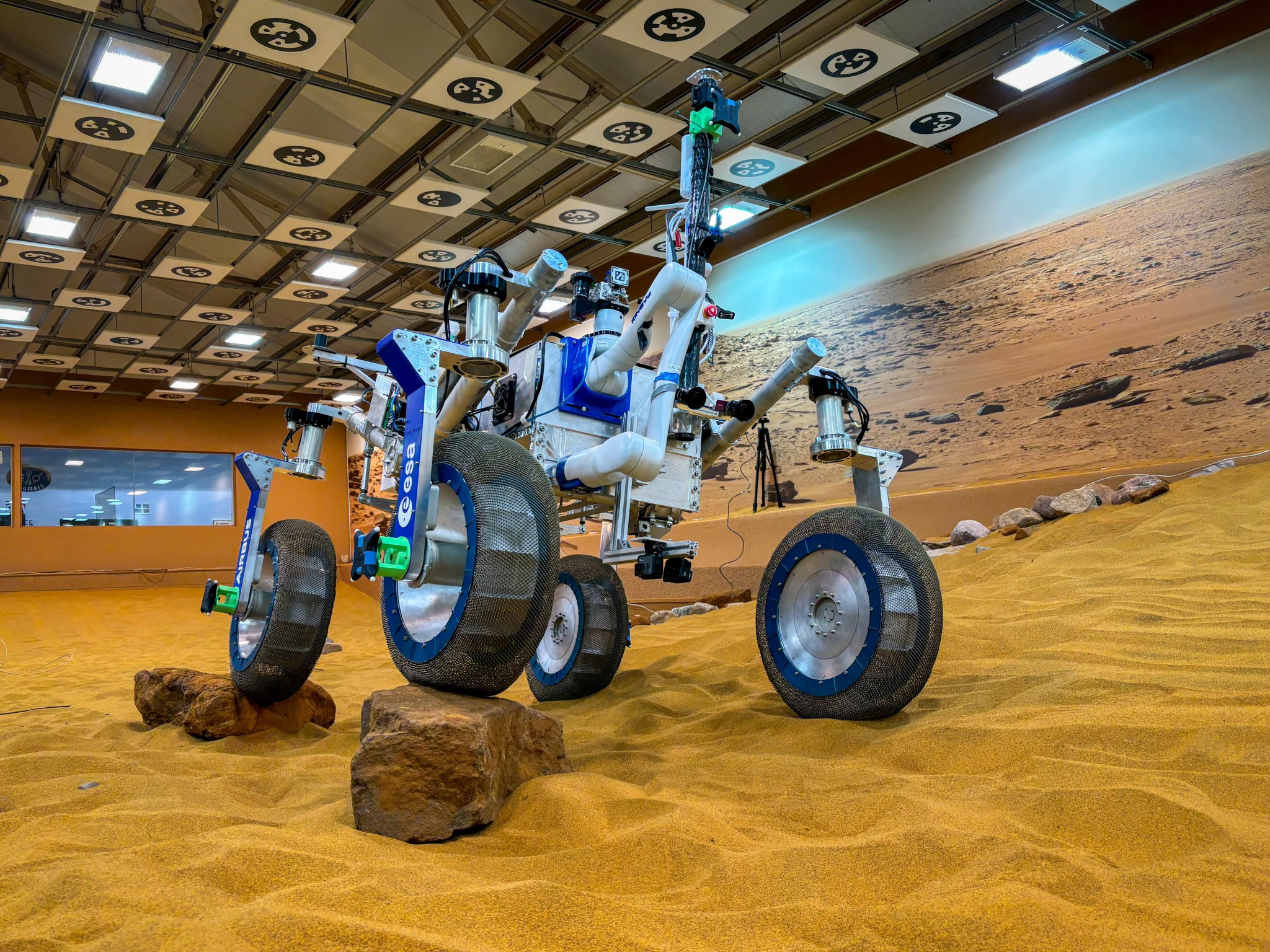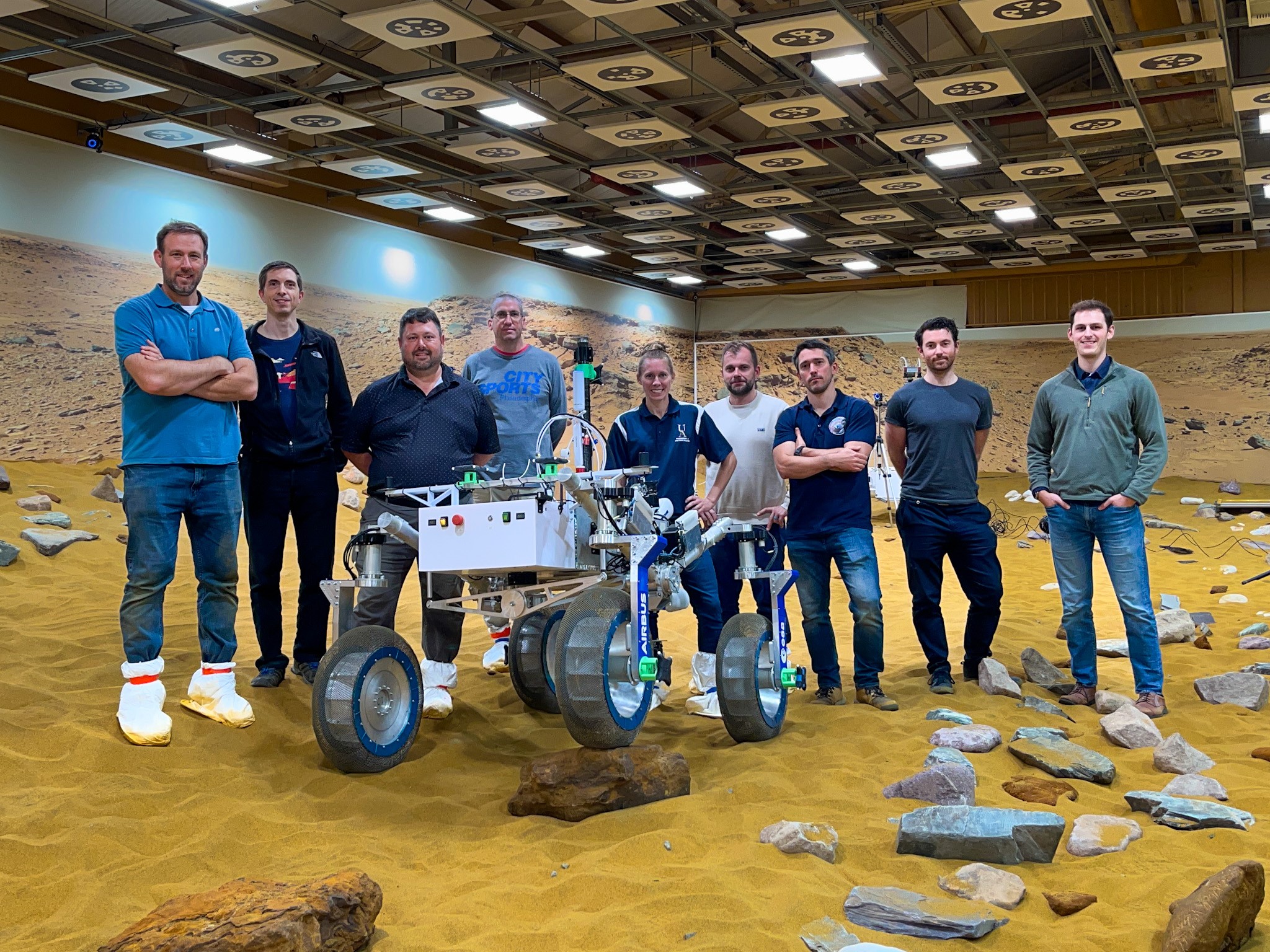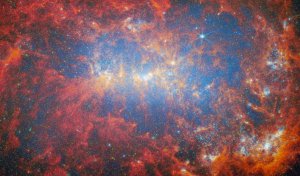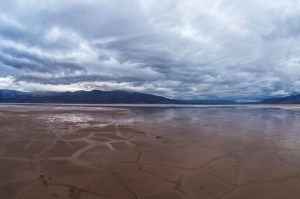Recognizing Employee Excellence
2 min read
Preparations for Next Moonwalk Simulations Underway (and Underwater)
Glenn Employees Earn Presidential Early Career Awards for Scientists and Engineers
Two NASA Glenn Research Center employees were among 19 agency researchers recognized as recipients of the Presidential Early Career Award for Scientists and Engineers (PECASE).
Lyndsey McMillon-Brown was recognized for leadership in photovoltaic research, development, and demonstrations. She was the principal investigator for a Science Technology Mission Directorate-funded Early Career Initiative where she led the development of perovskite photovoltaics, which can be manufactured in space. The team achieved sun-to-electricity power conversion efficiencies of 18%. They tested the durability of the solar cells by flying them in low Earth orbit for 10 months on the Materials International Space Station Experiment platform.
Timothy M. Smith was recognized for achievements in materials science research, specifically in high-temperature alloy innovation. Building upon his dissertation work, he designed a new high-temperature superalloy with radically improved high-temperature durability. Additionally, he helped develop a new manufacturing process that could produce new metal alloys strengthened by nano oxide particles. This led to the development of a revolutionary high- temperature alloy (GRX-810) designed specifically for additive manufacturing.
The PECASE Award is the highest honor given by the U.S. government to scientists and engineers who are beginning their research careers.
NASA Glenn Employee Named AIAA Fellow
Brett A. Bednarcyk, a materials research engineer at NASA’s Glenn Research Center in Cleveland, has been named an American Institute of Aeronautics and Astronautics (AIAA) Fellow. His work is focused on multiscale modeling and integrated computational materials engineering of composite materials and structures. He has co-authored two textbooks on these subjects.
AIAA Fellows are recognized for their notable and valuable contributions to the arts, sciences, or technology of aeronautics and astronautics.
Glenn’s Dr. Heather Oravec Named Outstanding Civil Engineer
The American Society of Civil Engineers (ASCE) Cleveland Chapter has named Dr. Heather Oravec, a mechanical engineering research associate professor supporting NASA Glenn Research Center’s Engineering and Research Support (GEARS) contract team, the 2024 Outstanding Civil Engineer of the Year. Oravec is a research leader in the areas of terramechanics and off-road tire development for planetary rovers and works in NASA Glenn’s Simulated Lunar Operations (SLOPE) Lab.
This award honors a civil engineer who has made significant contributions to the field and to the community, furthering the recognition of civil engineers through work and influence.

